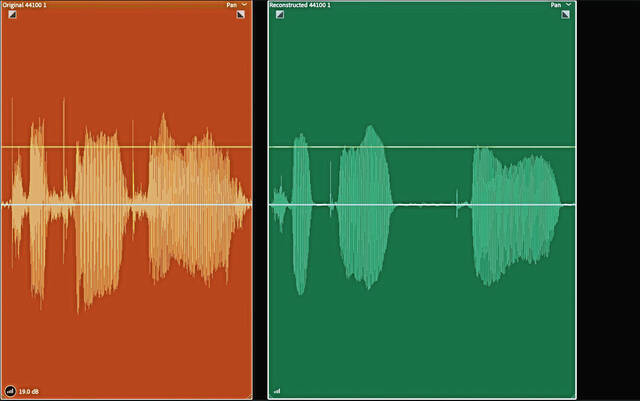The University of Pittsburgh says it is installing panic buttons in numerous classrooms ahead of Monday’s fall semester start, among other upgrades, after active shooter hoaxes in April drew heavily armed police to campus and terrified students.
The changes follow a “major review of the procedures, policies and tools” for responding to still-unfolding events, such as the April 11 false shooter or “swatting” calls that sent heavily armed police into campus buildings including Hillman Library.
Ted Fritz, vice chancellor of the Office of Public Safety and Emergency Management, did not respond to messages left Friday seeking to discuss the installations. Other Pitt officials said they had no specifics.
However, an update to Pitt’s emergency website posted Aug. 15 includes a video tutorial describing the devices, identifiable by their red buttons, that it said are being deployed in “many” classrooms. The Pitt-published University Times on Friday put the number of main campus classrooms equipped with panic buttons at about 400 in an article that quoted Fritz.
Officials said the buttons are designed for active threats and other emergencies only. Misuse is a violation of Pitt’s student conduct code.
“Their main purpose is to secure doors while alerting university police,” the video’s narrator states. “Those inside can still exit the classroom through the inside, but once they exit, there is no re-entry possible and the doors are locked.”
Officials said that in rooms not equipped with electronic door locks, the device will still notify police but the door must be manually locked.
In the Hillman incident, Pitt officials including campus police Chief Jim Loftus said emergency personnel responded quickly and appropriately.
But they acknowledged failure in timely communication via text, email and other means.
As Pittsburgh and campus police charged toward Hillman — with city officers shooting out windows to a door to gain access — hundreds of frightened students and others poured from the library complex on a weeknight with final exams approaching.
Emergency vehicles clogged Forbes Avenue, a main artery, looking for a nonexistent shooter in the library.
Another bogus call just as that site was cleared sent police to nearby Mervis Hall, which houses the graduate business school, compounding the confusion.
A nearly 90-minute delay by Pitt in sending out an emergency message to campus left students in the dark, some holed up in dorms and academic buildings, including Hillman.
About 100 students waged a “die-in” protest on the lawn of the Cathedral of Learning that week to drive home what they say could have happened in the confusion.
New safety videos are being produced, resources will be more centralized online and additional training for campus to protect against active threats will be made available, according to the University Times.
Pitt’s 80-member police force already has various resources, including what it calls “Civilian Response Training for Active Killer Incidents,” to prepare the university of 34,000 students and thousands more employees for such threats. The participation has mainly been among students and staff, less so for the university’s 5,800 faculty, Fritz told the faculty assembly in April.
“There’s been several hundred faculty who have been through … our active killer training that the Pitt police department offers, but not enough,” he said. “And I get it: It takes time to go through that training.”








